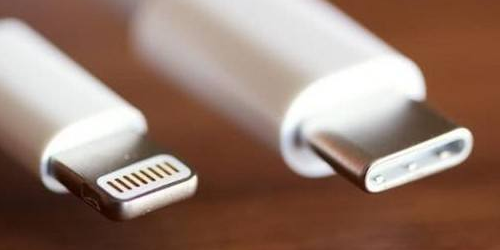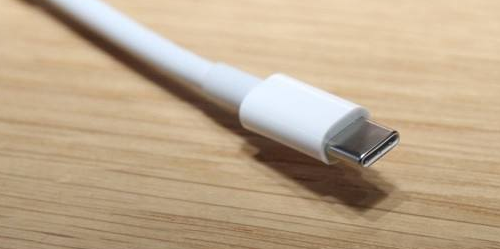On the background of the birth of USB3.1 Type-C interface
发布时间:2023-02-16作者:Shenzhen BBJ technology co., LTD点击:903
Since the birth of USB standard in 1996, USB has gone through three generations, namely USB1.0, USB 2.0 and USB 3.0. The current USB3.1 belongs to the upgraded version of USB3.0, and its related standards were confirmed as early as mid-2013, but it was not until Apple's 2015 conference that it was truly out of the circle. At this conference, after Apple introduced the MacBook with USB3.1 Type-C interface, people found that this small interface actually has three functions of data transmission, video transmission and high-speed charging, and it has no directionality and can be plugged and unplugged at will. After this battle, USB3.1Type-C can be said to have earned enough attention. Coupled with its high-speed data transmission standard supporting USB 3.1, USB3.1 Type-C has become a future star in the eyes of many users.

At the same time, a large number of motherboard manufacturers and mobile device manufacturers also announced that they would adopt the related standards of USB3.1 Type-C interface in their future products, and the related content of USB 3.1 was heated up. So, from the technical and specification point of view, what exactly is USB Type-C? What does it have to do with USB3.1? In order to answer this question, let's first understand why manufacturers should develop a brand-new USB Type-C in addition to the current USB interface!
If we want to say why USB Type-C was developed, we should review the development of USB interface. The first specification of USB interface was released in 1996, which was called USB1.0. Then USB 2.0 was officially released in 2000. It is from this time that the large-scale popularization and application of USB began. The advantages of USB at that time were good compatibility, convenient interface design, good security and durability. Subsequently, the new USB 3.0 standard was officially published in 2008. Basically inherited the idea and scheme of USB 2.0 interface design, and made backwards compatibility to USB 2.0 as much as possible in appearance. However, if it is a product such as a notebook computer, it is better to say that USB3.0 has to "find a new way" and add additional components to realize high-speed transmission for the interface of Micro USB series used by small-volume devices.

As a result, the development of USB3.0 in small-size products is actually not very smooth, especially the increase in size is unacceptable to many manufacturers. But things are not over yet. In 2013, the USB3.1 specification was officially released. The USB3.1 Type-C interface specification basically inherits the interface design scheme of USB 3.0 in 2008, except for revolutionary changes in transmission speed and coding mode. If people didn't consider the needs of today's mobile computing era when they designed the interface specifications of USB 3.0 and USB3.1 seven or eight years ago, but now that mobile internet is a foregone conclusion, the traditional USB interface, especially the Micro USB series interface, has been difficult to adapt to the development needs of new mobile devices.
In this case, the USB connector needs to be greatly improved to meet the needs of future technical development. Therefore, the USB organization simply re-established a new excuse to replace the previous USB interface to meet the application needs of the mobile computing era, which is the background of the birth of USB Type-C.